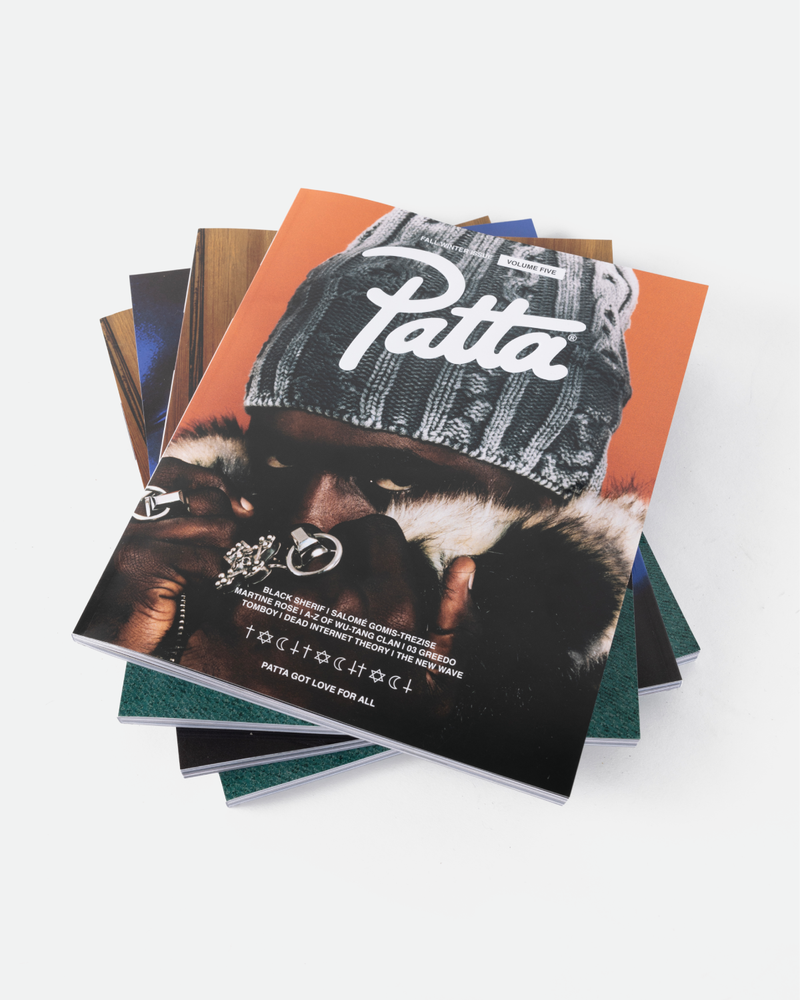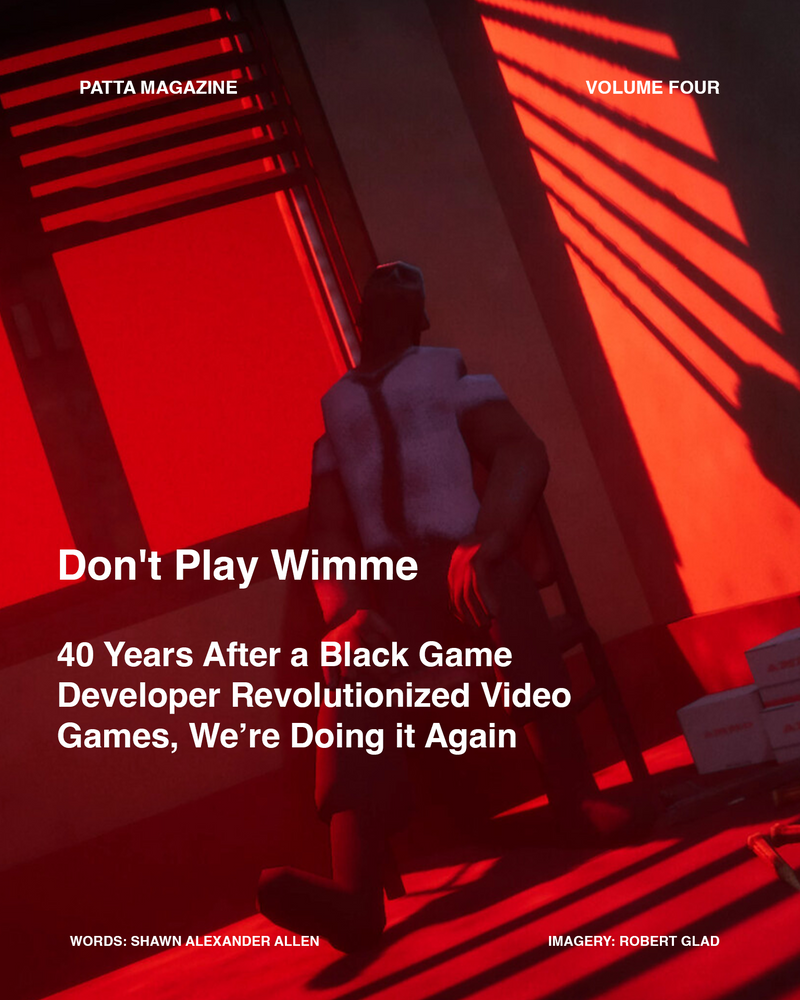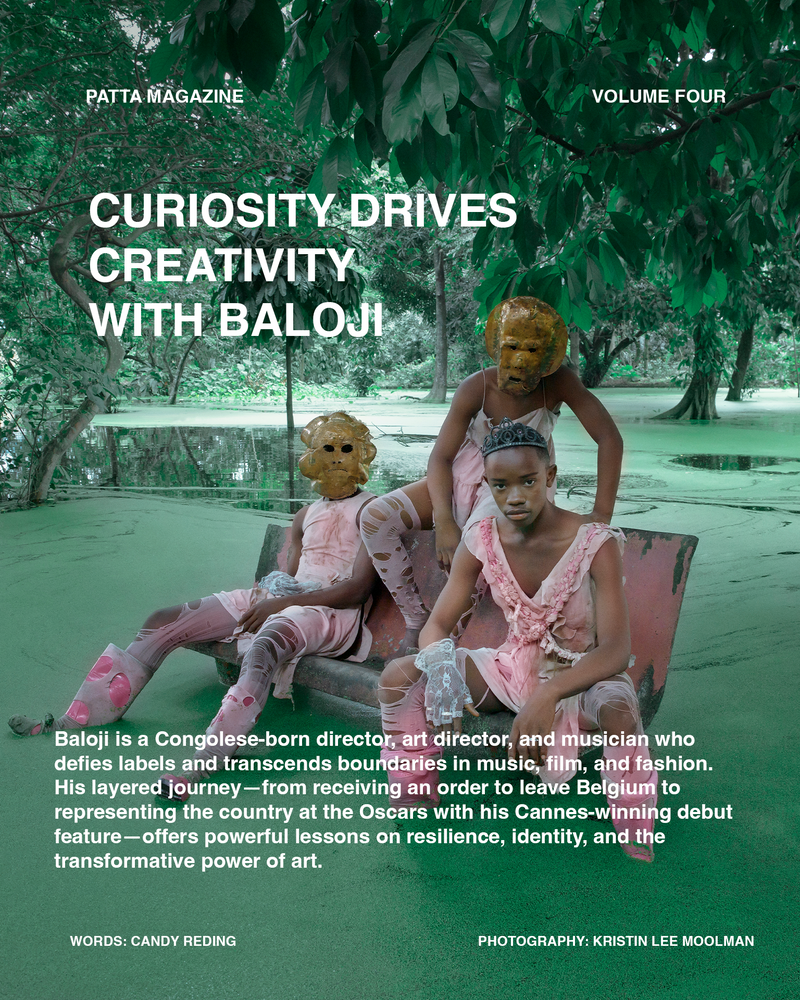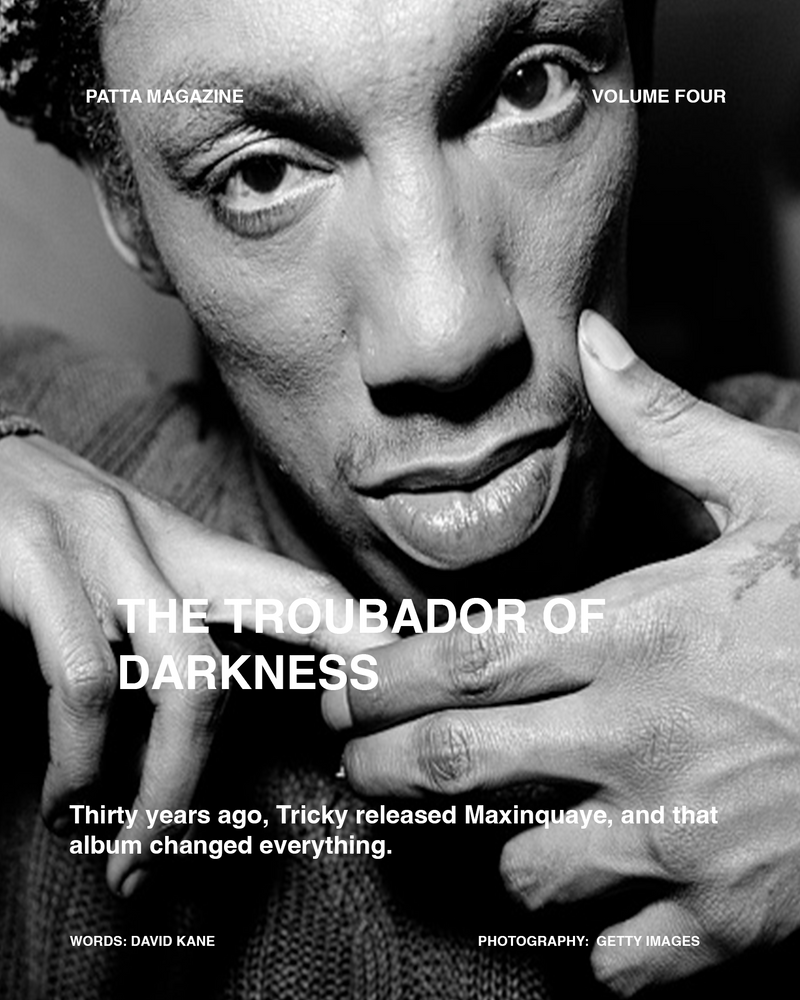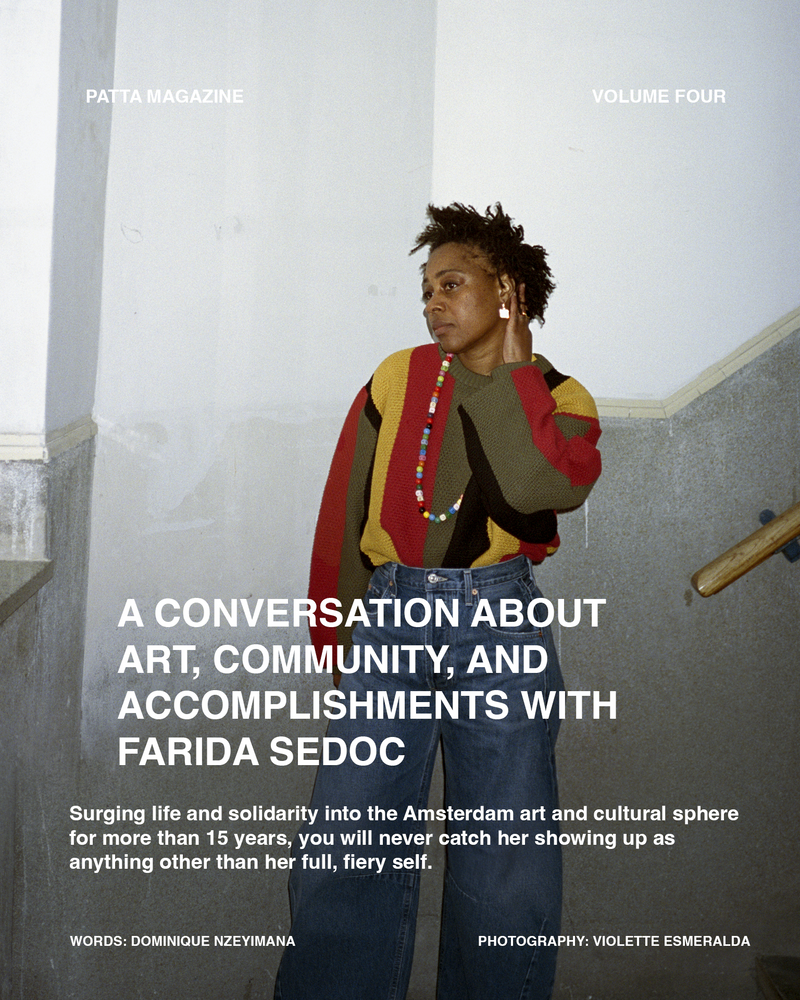
Living+: A Cultural Movement Redefining Public Health
Living+: A Cultural Movement Redefini...
Photographer by Yasemin Demirözcan | Location is the Amsterdam City Archives | Special thanks to Sophie Tates and Eric Heijselaar | Jacquill G. Basdew wears a full look by Extreme Cashmere | Interview by Passion Dzenga In a time when public health is often discussed in ways that feel distant, clinical, or inaccessible, socio-cultural initiator Jacquill G. Basdew is reshaping the conversation—rethinking how arts, culture, and intergenerational dialogue can be used to transform complex issues into something younger generations feel compelled to engage with. With Living+, a new recurring initiative, he brings greater cultural visibility to urgent public health themes - fostering understanding across generational and social lines, and working toward a society where care, awareness, and belonging are more widely shared.Launching this winter in Amsterdam, the first edition—Memories in Motion—runs from November 21 to December 21 and focuses on HIV/AIDS. While medical advances have changed the course of the epidemic, public understanding has not kept pace. Much of the conversation now takes place in institutional or scientific settings—often far removed from the cultural awareness of younger generations. Through archival research, performance, nightlife, and remembrance, Living+ bridges that gap, honouring the past while reactivating a conversation that remains deeply present. But for Jacquill G. Basdew, the story starts much earlier - and much closer to home.Let’s start at the beginning - you chose to open Living+ with a focus on HIV/AIDS - a subject layered with history, stigma, and ongoing relevance. What led you to begin there?HIV/AIDS has been a recurring presence throughout bsdwcorp., the socio-artistic practice I run. One of my earliest mentors, the esteemed British artist and filmmaker Sir Isaac Julien CBE RA, introduced me to the work of bell hooks, which opened a portal to the worlds of Black queer trailblazers such as Marlon Riggs and Essex Hemphill, and later to conversations with Sunil Gupta, Ajamu X, and younger artists like Clifford Prince King. Across generations, HIV/AIDS has been a red thread in their lives and work, and that thread runs through mine too. As a Black queer man in the West, I often think: had I been born a decade or two earlier, it could have been me. I was fortunate to grow up in a time when treatment existed, when I could live freely and safely, but that freedom is shaped by the lives and losses of those who came before me. Their work inspires mine. Beginning Living+ with HIV/AIDS was not just a decision. It was a responsibility.Living+, lays focus on how conversations around HIV/AIDS can be made more accessible and resonant today. How do you see cultural memory and storytelling shaping public health narratives in this context?Conversations around HIV/AIDS have not disappeared, as shown by the recent International AIDS Conference in Kigali, but they often take place in scientific or policy-driven spaces that feel distant from everyday life. The language can be technical or abstract, which limits who feels invited in. With Living+, we are not reintroducing the topic. We are reframing how we talk about it. Cultural memory and storytelling make these complex realities more human and emotionally accessible. In a fast-paced media landscape, we need to meet people where they are. Through art, fashion, music, and cultural experience, we can open the door to deeper engagement and collective understanding.So in that sense, storytelling and cultural engagement become tools to reach people who might otherwise feel excluded from, or not even aware of, traditional public health conversations?Exactly. Symposiums and conferences are important, but they often speak to those who are already engaged. The wider public, especially younger generations, is not always invited into those rooms, and many are not even aware of the devastating early history of the epidemic. With Living+, we are trying to build a bridge between generations and perspectives. A dear friend of mine, the photographer Lyle Ashton Harris, who is based in New York, once reminded me how important it is to honour the conversations that came before us. It is not about reinventing the wheel. It is about adding to progress with care, with context, and with respect for those who paved the way.That brings us to the heart of the initiative. Could you share some of the key events and collaborations that will take place this winter as part of Living+?Absolutely! We kick off Memories in Motion, the first edition of Living+, on Friday, November 21, at the Amsterdam City Archives with a presentation of archival materials from the 1980s and 1990s that reflect the city’s early response to HIV/AIDS. It felt important to begin in a place where stories are preserved, remembered, and sometimes forgotten. This grounds the initiative in lived experience and honours a history of care and resistance.From there, the initiative unfolds into a month of public events, leading to a central moment on November 30 at Paradiso. That evening, which continues into World AIDS Day on December 1, builds on the legacy of the legendary Loveballs once held in the same venue. Expect a night of community, remembrance, art, dance and joy.You’re also collaborating with organisations outside of traditional cultural institutions, like Patta and Paradiso. Why?For us, it was important to work with partners who are deeply rooted in everyday culture. Patta and Paradiso, to us, are key voices in how people experience culture today. Their foundations in fashion and music allow them to speak directly to communities that more traditional institutions often do not reach. By standing alongside names like theirs, Living+ feels more open and familiar. Museums and theatres can still carry a sense of distance or exclusivity for many, while places like Paradiso and Patta feel inviting and accessible.And this is very much a pilot year, correct? You're testing what works and what doesn't?Absolutely. This first edition of Living+ is a real test run. We are putting a variety of moments out into the world to see what clicks and what does not. Once it is all wrapped up, we will take time to reflect, hear what people thought, and fine-tune things for next year. It is not just about launching something. It is about learning how to listen. We are especially curious about what tools actually help spark connection, especially among people who are culturally curious and looking for meaning, community, and ways to get involved. If something works, we want others - whether they are working in health, education, or the arts - to be able to take that and run with it. Living+ is our way of adding to the bigger goal of building a more open and less divided society.You’ve mentioned that this project could grow into a broader framework. How do you see Living+ evolving?We see Living+ as something that can grow far beyond this first edition. The plus in the name stands for everything that comes with being alive—complex, layered, ever-changing. It was never meant to be a one-off moment. This first chapter focuses on HIV/AIDS because of its deep cultural legacy and personal meaning for many of us. But over time, we hope to use the Living+ framework to explore other urgent topics in public health, from mental health to sexual well-being to the everyday systems of care that often go unseen. The bigger ambition is to build an open and evolving platform that uses culture to spark connection, encourage conversation, and bring more people into the fold in ways that feel meaningful and grounded in real life.You also mentioned that you're not a public health professional—but you're still shaping a powerful public health message through collaboration. How vital is collaboration to the Living+ project?Collaboration is everything. I am not a public health professional, and I don’t pretend to be. But I do believe in the power of bringing different forms of knowledge together. Living+ was never meant to be created in isolation. From the very beginning, we’ve worked with people from different disciplines - healthcare professionals, researchers, creatives, community organisers - because no single voice can carry the weight of something this complex.It’s in the meeting of perspectives that something meaningful begins to take shape. My role is to listen, to connect, and to create a space where these different forms of expertise can co-exist and inform each other. That’s how we move toward solutions that feel grounded, human, and lasting.In all of this, what has moved or inspired you most along the way?What keeps me going is realising how much incredible work is already happening. Every time I talk to someone about Living+, they connect me with someone else doing similar work. It’s inspiring to see that community already exists - we just need to connect the dots. That’s what I’m hoping this project will do: build community, bridge generations, and create space for joy, reflection, and solidarity.On the eve of World AIDS Day, Living+ gathers in Paradiso’s Small Hall for an intimate evening of remembrance and artistic encounter. Inspired by the historic Seropositive Ball and Love Ball, which once filled this city with bright, defiant life, Remember the Love carries their spirit into a contemporary, quieter form shaped by tenderness, memory and community.At the heart of the evening is a special fundraiser for IHLIA, the Amsterdam-based heritage organisation for LGBTIQ+ history in the Netherlands and home to the largest LGBTIQ+ collection in Europe. As essential archives like IHLIA face increasing financial pressure, this initiative is led by a younger generation that understands its place in a lineage and seeks to honour the histories that shaped it. Guests can support the fundraiser throughout the night or via the dedicated link.The programme opens with the world premiere of Only You, performed by yazija, the long-durational performance vehicle of the artistic and social practice bsdwcorp, founded by J.G. Basdew. For this occasion, yazija is accompanied by Sabiá on piano, who created the arrangements from Basdew’s original compositions. Rooted in music and active remembrance, Only You unfolds as an intimate act of listening and witnessing in which sound becomes a vessel for memory. Personal histories open into a shared emotional landscape, offering an early glimpse of a larger presentation to come during World Pride 2026.The programme then flows into a Solidarity Gathering hosted by R.U.I.S. Collective (Remembering Us in Solidarity). R.U.I.S. is a queer-led, anti-capitalist movement that reimagines nightlife as a space of resistance, care and political imagination. Known for transforming gatherings into sites of radical solidarity, R.U.I.S. brings together art, community and activism in a spirit of collective liberation.A soft DJ-set by Slimfit, co-founder of R.U.I.S. Collective, anchors the atmosphere as the Small Hall becomes a temporary archive of care, presence and reflection. Guests are invited throughout the evening to support IHLIA—ensuring that the histories preserved there remain accessible to younger generations encountering them for the first time. The evening closes warmly and gently in the same shared space.Remember the Love is part of Living+ (21 November to 21 December 2025), an international cultural programme exploring how art and intergenerational dialogue can bridge the widening gap between urgent public-health conversations and younger generations who often engage these histories at a distance. Its first season, Memories in Motion (2025), centres on the lived realities and emotional legacies of HIV/AIDS. Tickets are available now.


